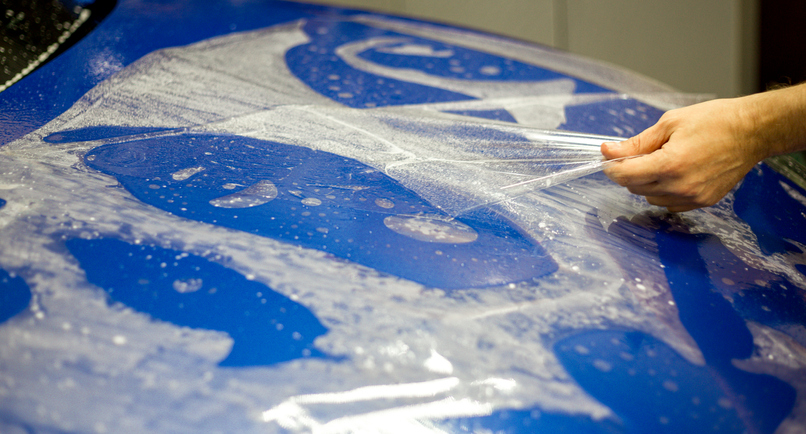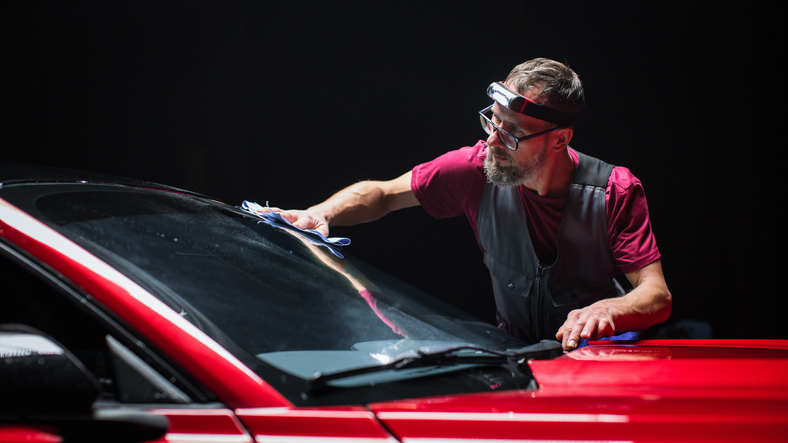How Does a Professional Auto Detailer Achieve a Glossy Effect?
If you’ve ever been to a showroom or dealership, chances are you were left stunned and more than a little envious of the rockstar looks of the vehicles on display. You may also have been left wondering how to get your car to look as shiny and alluring as the various vehicles on show. Achieving a showroom-worthy glossy effect on a car is a hallmark of professional auto detailing
Professional auto detailers combine technical skill with high-quality products to achieve the glossy effect. Every step, from cleaning to finishing touches, is performed with precision and attention to detail, ensuring that the car not only shines but also receives long-lasting protection. This blog post explains how professional auto detailers transform a car’s appearance into a dazzling, glossy finish.
Step 1: Automotive Training Emphasizes Thorough Cleaning
The first step in achieving a glossy car finish involves extensive cleaning. Professional detailers use high-grade, pH-neutral car shampoos tailored for paint care. This ensures effective cleaning without harming the paintwork, using a two-bucket approach: one filled with soapy water for washing and another for rinsing the mitt. This technique minimizes the risk of swirl marks and scratches.
As a professional auto detailer, you must dedicate special attention to typically neglected areas, such as wheel wells and the undercarriage, ensuring every part of the car is meticulously cleaned and prepared for subsequent detailing steps.

Step 2: Clay Bar Treatment
After washing, a clay bar treatment is used to remove bonded contaminants from the vehicle’s paint surface meticulously. This process, commonly called claying, is designed to extract embedded impurities such as tar, tree sap, and remnants of industrial fallout, which traditional washing methods cannot eliminate. The effectiveness of the clay bar in purging these deep-seated contaminants is paramount to achieving a smooth and immaculate surface, which is a fundamental prerequisite for attaining the desired high-gloss finish on the vehicle.
Step 3: Paint Correction
Paint correction is a critical and labour-intensive step in automotive detailing, focusing on restoring the vehicle’s paint to its optimal condition. This process employs machine polishers along with a variety of polishing compounds. The primary objective is to meticulously remove surface imperfections such as swirl marks, scratches, and signs of oxidation. Professionals in this field must possess the requisite skills to achieve a flawlessly smooth surface.
As you’ll discover in automotive training, the procedure involves polishing compounds of varying abrasiveness, starting with coarser options and progressively moving to finer grades. This gradation is crucial for smoothing out the paintwork and achieving a mirror-like finish, essential for showcasing the vehicle’s aesthetic appeal.
Step 4: Sealing and Waxing
Once the paint is corrected, a sealant is often applied. Sealants are synthetic products that provide a protective layer and enhance the paint’s gloss. After the sealant, a high-quality carnauba wax is applied. Carnauba wax is known for its rich, warm shine and depth of colour, which is crucial for the glossy effect.

Step 5: Final Touches Applied by a Professional Auto Detailer
The final touches include polishing the chrome, cleaning the windows, and dressing the tires and trim. Chrome and glass polishes ensure these elements complement the glossy paint. Tire and trim dressings are applied for a rich, dark finish, contributing to the overall aesthetic.
Are you looking for a comprehensive automotive school?
Contact CATI for more information.

